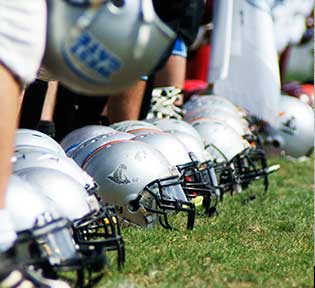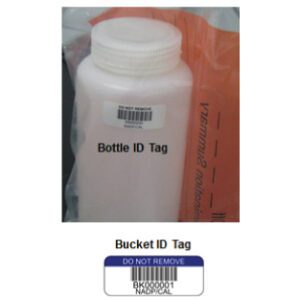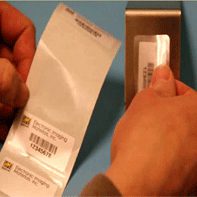 Too often a player won’t admit to being hurt for fear of being removed from the game. Many times it is just too hard to see every hit and thus this device becomes a second set of eyes for parents, coaches and referees. Some things you may not realize about sports concussions:
Too often a player won’t admit to being hurt for fear of being removed from the game. Many times it is just too hard to see every hit and thus this device becomes a second set of eyes for parents, coaches and referees. Some things you may not realize about sports concussions:
- There are close to 4 million sports and recreation-related concussions a year
- 40% of those concussions involve children between the ages of 8 and 13 years old
- Only 47% of high school football players report concussions
- The majority of deaths from sports-related brain injuries happen to kids under 18 years of age
So significant is this helmet sensor that it has been approved by the professional NCAA, the AFL and the NFL for their teams. All a coach has to do at the beginning of a season is activate the sensor and stick one on the back of each helmet. A sophisticated, fully sealed battery management system automatically goes into sleep mode if the helmet is not in use. When there is any type of motion however, it becomes fully activated and a green LED light comes on. Should there be some big acceleration and impact to the head, a bright red LED light will blink once every 3 seconds. At that point, the team’s concussion assessment should be done. The top 3 symptoms of concussion are (1) a headache, (2) dizziness and (3) confusion. If the player is not injured, the coach can simply reset the sensor and let the player go back on the field. The sensor design is such that it will only detect the hardest 2% of hits and therefore, it should not interfere with game progress. The memory in the sensor will keep track of all major impacts and has an impact counter. It works so that with two impacts, it blinks twice every 3 seconds, with three hits, it blinks three times, etc… Thanks to the sensor’s memory, teams can keep track of the number of hits during games and practices and recognize which positions are more prone to head contact than others. To make these sensors less obtrusive and to fit the needs of all kinds of sports teams, they are not only designed for different types of sports, but they also come in 13 standard colors or can be made to match special team colors. To do that, EIM provides flexible, yet durable #770 printed and laminated polyester labels 




